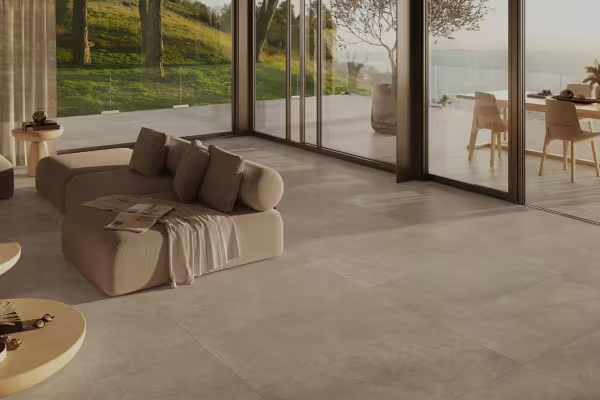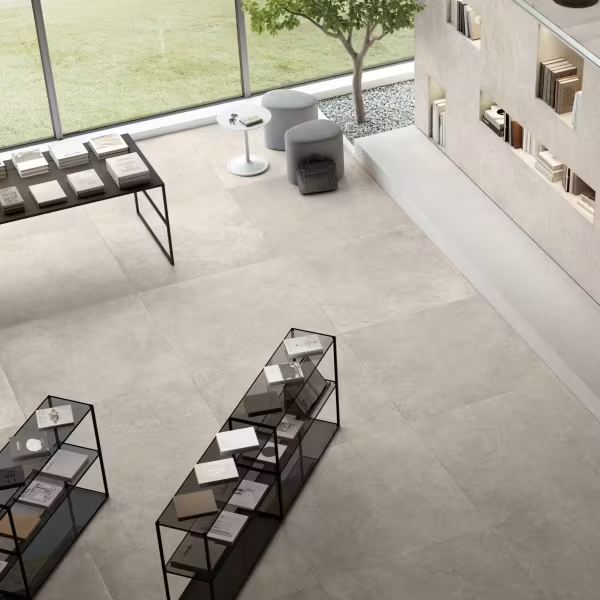ReSource, our way to say Eco.
The process that effectively values a sense of ecological responsibility is never an ordinary story.
To restore meaning to words and concepts that have been so widely abused that they’ve lost their significance, it is useful to reflect on them, and to go back to their roots. Recovering the value of the term eco, for example, signifies a new approach, in which we’ve invested significant effort and awareness. The prefix eco derives from the Greek òikos, meaning home and the environment we live in. This is perfectly consistent with our product, and it’s what prompted us to find our own personal expression of the concept. If ecology is the study of the environment we live in, and the ecosystem is the structure of an environment that exists with balance and harmony, we asked ourselves: how can we design a project that effectively slots into this logic?
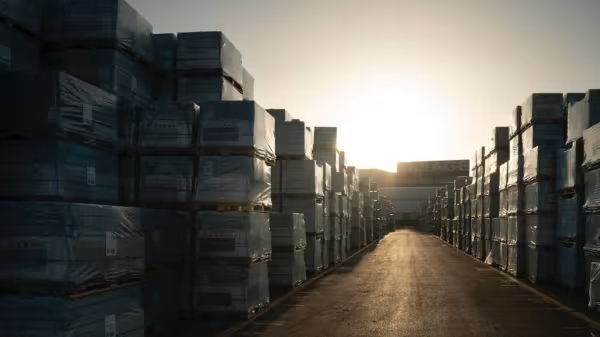
Clear, simple, eco-logical
Our answer to this question has inspired a new brand that includes all the collections, designed and created according to specific production standards.
ReSource is the name of a new production method that recovers waste, bringing on board the following practices:
- 01.ReUseReuse for Renewal
- 02.ReDuceReduction for Reinventio
- 03.ReSpectRespect for Eco-designing
ReSource brings value to what used to be considered waste, turning it into an invaluable resource.
This idea lays the foundations for a new, alternative, circular production model that increasingly places the accent on regeneration and efficiency, as we observe and respect the balance of nature, where nothing goes to waste.
We know that in nature, every process spontaneously tends to reduce waste, ensuring an economical management of energy and resources. Natural balance always tends to recover waste, which inevitably becomes a material useful for a new life cycle. Industrial production processes can achieve these same results, but they require a deliberate effort and a responsible, intelligent approach. Considering waste as a resource that can be used efficiently requires a conscious decision to turn it into an added value, and this decision requires a different way of thinking and designing.
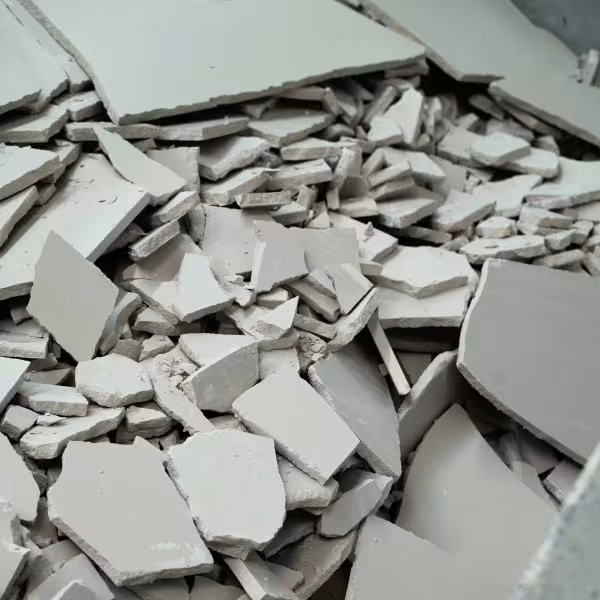
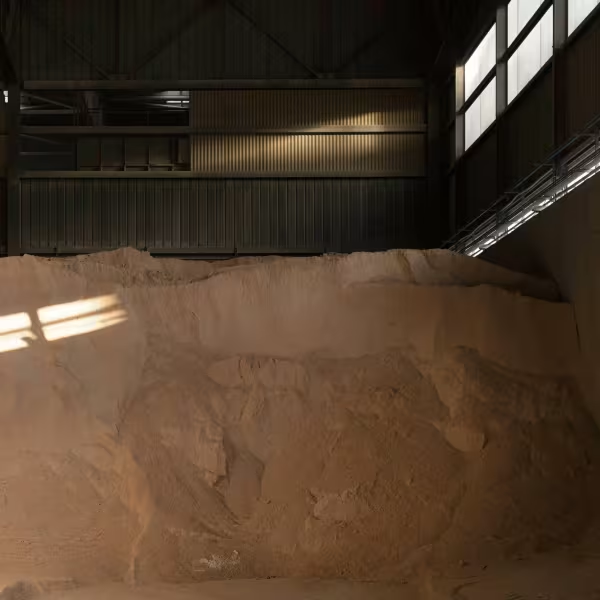
Waste as a resource
A continually evolving production process has allowed us to identify a solution that increases the percentage of material recycled from production waste.
When it comes to sustainability, it’s the numbers that make the difference, because they reflect concrete, tangible solutions. In the regeneration process, we mix 39.8% virgin raw materials with 48.6% raw process waste and 11.6% of post-firing waste, adding up to a total of 60.2% recycled material.
In addition to the percentage of recycled content, our ReSource products bring slab thickness to 8 mm, demonstrating the sustainable impact of a product that also focuses on design and applications, while maintaining a high standard of quality.
This seemingly minor technical detail has a substantial impact, because it requires less material and thus consumes less energy during the production cycle.
Also at the transport stage, this choice allows more products to be loaded per shipment, optimising space and boosting logistics efficiency, leading to a significant reduction in CO2 emissions per square metre being delivered to our customers.
